RRB NTPC (CBT I) Full Mock Test - 10 - RRB NTPC/ASM/CA/TA MCQ
30 Questions MCQ Test RRB NTPC Mock Test Series 2025 - RRB NTPC (CBT I) Full Mock Test - 10
Select the correct combination of mathematical signs to sequentially replace the * signs and to balance the given equation.
(440 * 11) * 85 * 57 * (34 * 3)
What is the theme of the "Jal Shakti Abhiyan: Catch the Rain" campaign launched in 2024?
Eight girls, A, B, C, D, E, F, G and H, are sitting around a circular table and facing the centre (but not necessarily in the same order). A is sitting second to the left of B. F is sitting to the immediate left of C. D is not an immediate neighbour of either F or E. H is not an immediate neighbour of B. Only three girls are sitting between A and D.
Who among the following girls are the immediate neighbours of D?
The circle of radius 6 cm is inscribed in a regular hexagon. Find the side of the hexagon.
Three positions of a dice are given below. What will come on the face opposite to the face containing '4' on it?

A rapid, excessive, and out-of-control increase in general price in an economy is referred to as:
Read the given statement(s) and conclusions carefully. Assuming that the information given in the statements is true, even if it appears to be at variance with commonly known facts, decide which of the given conclusions logically follow(s) from the statement(s).
Statements:
All caretakers are skilled.
Some skilled are lawyers.
All skilled are painters.
Conclusions:
I. Some painters are lawyers.
II. No painter is lawyer.
A piece of paper is folded and punched as shown below in the question figures. From the given answer figures, indicate how it will appear when opened?

An amount of Rs. 5,800 is divided into three parts in such a way that half of the first part, one-fifth of the second part, and three-eighth of the third part are equal. The value of the third part is:
A woman covers a certain distance by car at 75 km/h and immediately returns by the same car to the starting point at 100 km/h. What is the average speed of the car?
The following bar chart shows the marks obtained (out of 100) by a student in 6 different subjects in an examination.
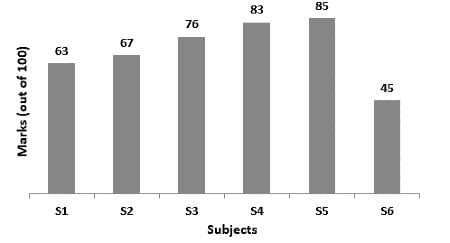
The total marks obtained by the student in S2 and S4 taken together is what percentage more than the marks obtained by the student in S5? [Give your answer correct to 2 decimal places.]
Refer to the given number symbol series and answer the question given below.
(Left) @ 4 % 2 2 1 # 3 ^ 8 % 7 $ & 9 3 # 2 $ 5 # 2 $ % $ # 5 1 # 2 $ # 5 1 # 2 5 $ 7 * & * 3 % 5 & @ (Right)
If all the odd numbers are dropped from the given series, then which symbol/number will be at the seventh position to the left of the symbol/number that is ninth from the left end?
Four award have been listed, out of which three are alike in some manner and one is different. Select the odd one.
Ranjan's salary was decreased by 30% and subsequently increased by 40%, by what percent does his salary decrease or increase?
Which letter - cluster will replace the question mark ( ? ) to complete the given series?
MDSA, KERC, ?, GGPG, EHOI






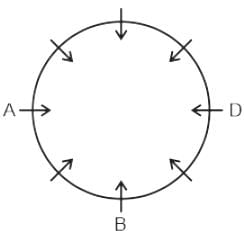
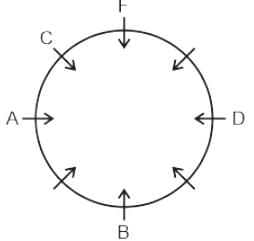

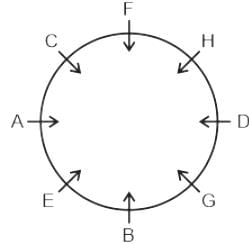
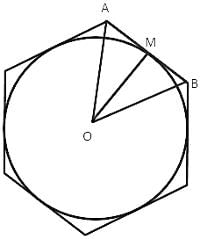

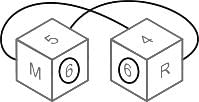



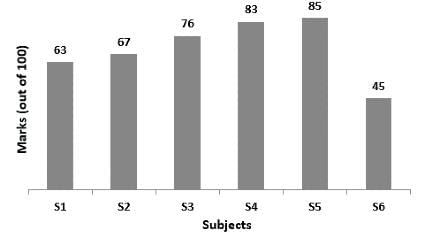
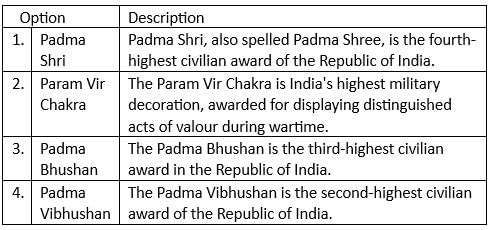


 = 1
= 1
















